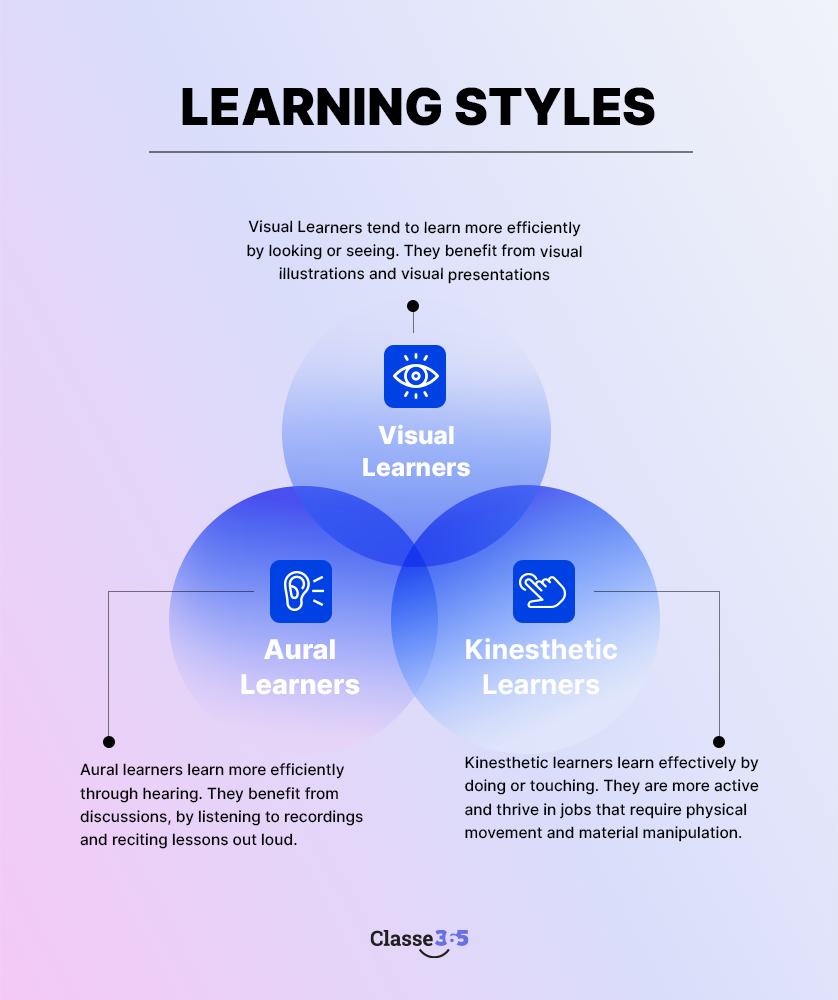Learning is a continuous process for every one of us, starting with our family. As they say, parents are our first teachers. The mandate is then carried forward by our teachers, who play a pivotal role in shaping young minds and preparing the next generation of leaders and influencers.
There are new concepts of teaching and learning cropping up every other day. Educators are constantly receiving suggestions to introduce new ways of administering teaching, assessment and learning. Tools like OKR software are also finding their place in classrooms, helping educators and students stay focused on clear, measurable learning goals.
The principles of learning and teaching are interlinked to the effect that, in order to impart knowledge—it is crucial to be well-versed in the art and science of teaching that helps one learn something. Teaching and learning form the crux of the educational system. The objective of education is to help a student develop skills and behavior sets needed to thrive in a fast-paced, highly competitive world.
In a perfect world, we all learn something new every day. While we see formal education as a necessity to learning, there will always be various ways to learn. Teaching is just a more formal approach to transmitting knowledge, with learning as the end result.
In this post, we will get our facts right about what is teaching and learning, take a look at how their variables are interlinked, and understand the key differences that set these two concepts apart.
What is learning?
In simple words, learning is the process of acquiring knowledge or skills through study, by being taught, or from experience. We learn throughout our lives whether we realize it or not. From learning to walk, talk, and interact with friends, to learning a new language, a skill, an instrument, or enhancing our capabilities from past experiences—there is an opportunity to learn every day and in all circumstances. It’s what makes us human.
Learning is an internal activity that’s more self-directed and self-motivated. How you learn depends on the way information is presented to you and whether you are motivated to accept, or imbibe it.
Different learning styles
In the formal approach of learning, students gain knowledge through systematic lessons, curriculum, and courses. We may say that this approach is passive since students have to go through the same processes altogether. While this is true, there are various learning styles that students feel more comfortable with. These learning styles are listed below.

What is teaching?
The word ‘teaching’ is derived from the archaic English word “tǣcan” which means ‘to show’ or ‘to point out’. Staying true to its meaning, teaching is the act of imparting knowledge and information to help learners develop a skill or command in a specific field. The core purpose of teaching is to make learning effective. Teaching encompasses a lot more than simply sharing information, it involves imparting understanding and skill. It is about enriching and transforming the lives of learners.
Guide to teaching styles
There’s a Chinese proverb: “A thousand teachers, a thousand approaches.” This proverb resonates with the truth, as every teacher is unique—their teaching methods and approaches will vary from each other. The most common approaches to teaching are teacher-centered and learner-centered.
The teacher-centered approach sees the teacher as the only reliable and sole source of information, in other words, this approach is dominated by the teacher. In the learner-centered approach, the student takes the lead in terms of where the information comes from. A platform like that of Classe365’s encourages students to take charge of their learning journey by providing tools that support personalized feedback and progress tracking. There are other approaches to teaching and the disciplines of these approaches vary. We have outlined these different teaching and learning strategies in the table below.
| Learner Centered | Teacher Centered |
| Interactive | Teacher Dominated |
| Integrated | Collaborative |
| Direct | Guided |
What’s the difference between learning and teaching?

One of the reasons why it is difficult to discern the difference between teaching and learning is the traditional nature of education. Back in the day, in a traditional classroom setup, teaching took on a more active role and learning was more passive. Learning was all about memorization. The answers were either right or wrong. Today, learning has evolved. Answers are no longer black or white. Learning has become a shared activity between teachers, students, and parents. Classroom experience revolves around students taking ownership of their learner journey.
5 differences between learning and teaching
The goal
The primary goal of teaching is to share knowledge or skills whereas learning involves applying the knowledge acquired.
The extent of authority
When compared to learners, teachers possess higher authority as they are experts in an area of study.
Dependence
A student can learn even without a teacher imparting knowledge to them but teachers need students to share their expertise with.
Feedback
In teaching, feedback is provided for the student’s improvement. However, in learning, feedback is received and acted upon.
Duration of existence
Learning stops when a person dies but that’s not the case with teaching. A teacher’s lessons may continue to inspire learners even after they have passed away.
The Takeaway
Differentiating learning and teaching is not as tough as it seems. Many will assume that teaching takes a more important role than learning. The truth is, learning is more important because it’s the end goal of teaching. Students can learn without teachers, but teachers can’t teach without learners.
If you are on the lookout for a student-centric learning management system to streamline your educational activities, look no further. Classe365 is a platform designed—keeping in mind the needs and aspirations of students. Its top-notch features allow students to take charge of their learning experience. With Classe365 on board, you can transform the way learning is imparted and manage educational activities with ease. Request for a demo today.
